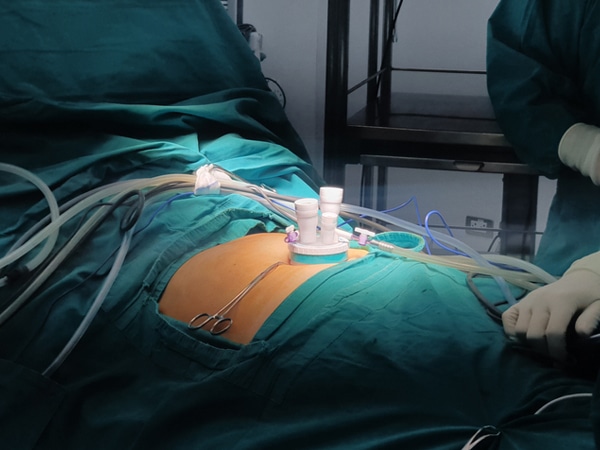Single Port Surgery
As the name indicates, single port surgery is performed through a single entry point, and is a minimally invasive laparoscopic one. The incision is made on the belly button (navel) of the patient. This surgery requires an incision of 20 mm and is more beneficial when compared to traditional laparoscopic methods. It causes less pain, blood loss and ensures faster recovery during the post-operative phase. The traditional laparoscopic method requires more than five incisions to insert the instruments needed for the surgery, whereas in single port surgery, four instruments can be used from the same port.
In certain cases, a candidate for laparoscopic surgery might also be eligible for a single port one.
During the procedure, the doctor will give anaesthesia to the patient, and follow it up with making an incision. The surgery is performed using specialised instruments, with the surgeon using up to three laparoscopic devices through the small incision using the flexible port. This activity requires training and high skill, and offers the advantage of little or no scarring. It doesn’t have many complications or risks associated with traditional surgeries.
Even though the surgery is beneficial, it has a few complications. One is that it is quite challenging. The freedom to use multiple instruments is restricted as there is only one entry point for all instruments, and only specialised ones can overcome the issue.

Single port approach can be used in various procedures such as:
- Living kidney donation
- Removal of a kidney
- Freezing of cancerous tissue
- Removal of prostate
- Bladder removal
- Pelvic organ prolapse treatment for women
- Reconstruction of the urinary tract
- Enlargement of the veins within the scrotum
Single port surgery may also share complications of other surgeries such as injuries to organs, bleeding, infection, intestinal adhesion, incisional hernia and scarring.

